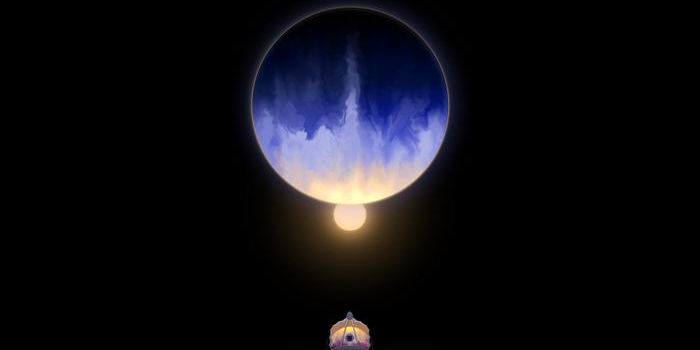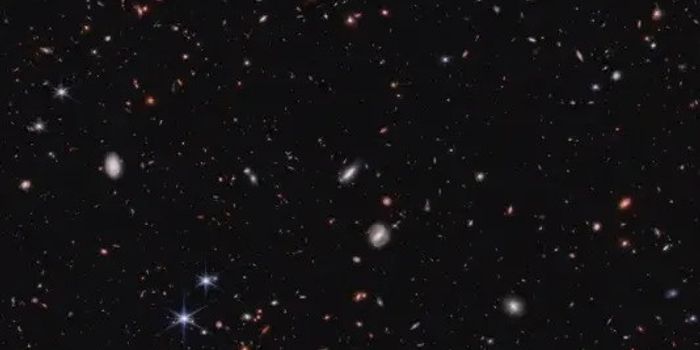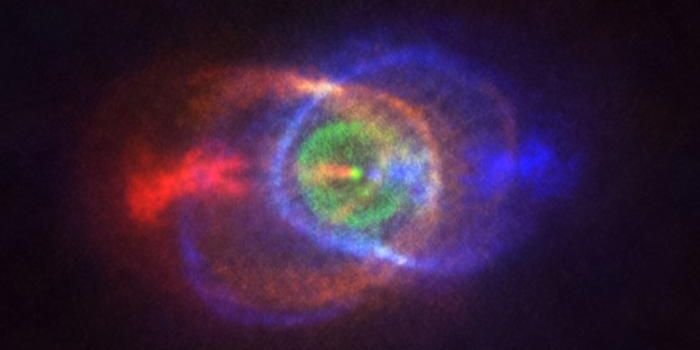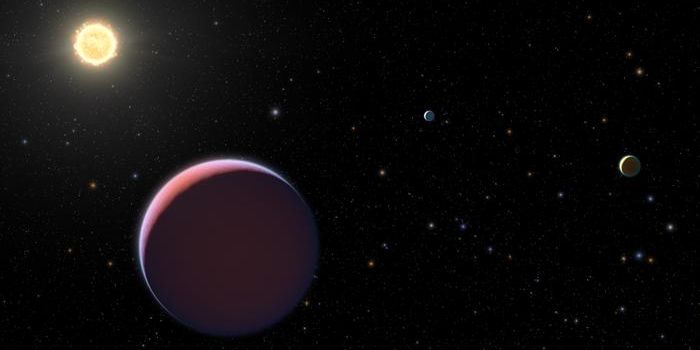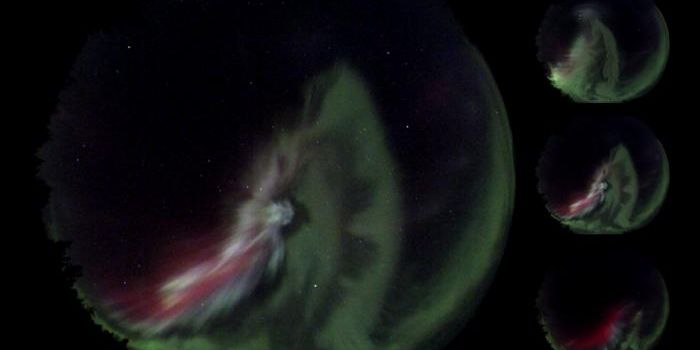Earth-like Planet Discovered Orbiting Red Dwarf Star
Researchers from Spain have discovered an Earth-like planet orbiting the star, GJ-740, a red dwarf star located 36 light-years from Earth.
While red dwarf stars are significantly older than our Sun, their surface temperatures are around 2000 degrees cooler, usually ranging between 2400 and 3700 kelvin. They are also significantly smaller than our sun, typically ranging from 0.08 to 0.45 solar masses.
“The search for new exoplanets around cool stars is driven by the smaller difference between the planet’s mass and the star’s mass compared with stars in warmer spectral classes (which facilitates the detection of the planets’ signals), as well as the large number of this type of star in our Galaxy,” says Borja Toledo Padrón, one of the study’s authors.
The present study was a part of the HADES AND CARMENES programs, which focus on understanding the properties of exoplanetary systems around red dwarf stars in the northern hemisphere. For the study, the researchers carried out a spectroscopic and photometric analysis based on a dataset taken over 10 years. Their analyses were made using Markov chain Monte Carlo simulations and Gaussian process regression to understand the star’s activity.
In the end, the researchers reported finding an Earth-like exoplanet, called GJ-740 b, with a fast orbit around its star- just 2.4 days. At around 3 times the mass of Earth, it seems to be a rocky planet with a radius of around 1.4 times that of Earth and an astronomical unit of just 0.029 (the distance between the sun and the Earth) from its star.
Aside from GJ-740 b, the researchers found another planet around the red dwarf. This planet however seems to be a lot larger- at close to 100 Earth masses, giving it a mass comparable to that of Saturn. It also seems to have an orbital period of 9 years.
The researchers say that future observations using the TESS satellite could further confirm both observations. Due to the proximity of the GJ-740 planetary system to Earth, they say that it could also be an object of future research with very large diameter telescopes later on this decade.
Sources: SciTechDaily, arXiv


